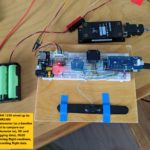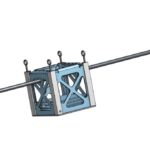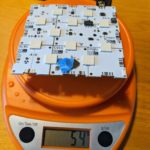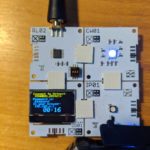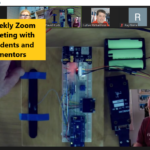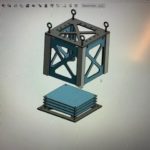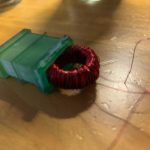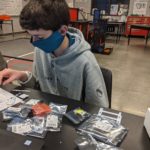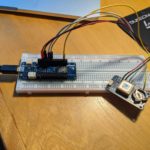Opelika High School (Opelika, Alabama) collaborated with Columbus High School and Northside High School (Columbus, Georgia). The team collected performance data for a new type of core material used in NASA-grade fluxgate magnetometers, which are used to study Earth’s changing magnetic field.
The team’s CubeSat prototype — FluxDemonSat — proposed to advance the technology readiness level (TRL) for a new type of core material used in NASA research-class fluxgate magnetometers. This mission also had an education plan that used an existing network of schools and teachers at Opelika High School and Columbus High School with a co-curricular organization called the Columbus Space Program. The team addressed a documented need for advancing an exploration technology while inspiring the next generation of explorers with an education program. Starting with the edge of space launch of its CubeSat prototype, the mission collected the necessary performance data to advance the TRL of untested magnetometer cores.
The team consisted of an experienced group of students and teachers who have completed STEM projects in the past, coupled with whole classes of CTE and STEM students from the three collaborating high schools. At the heart of the technical effort were two school-based FIRST robotics teams from two different cities. Opelika students led the building of the satellite structure and supporting subsystems, while Columbus and Northside students led the payload and launch efforts. The Columbus Space Program has launched science and engineering platforms to altitudes over 100,000 feet 31 times since 2007.
CTE Team Lead
Brenda Howell, Engineering & Robotics Teacher
Learn more
Opelika
Columbus
Northside


